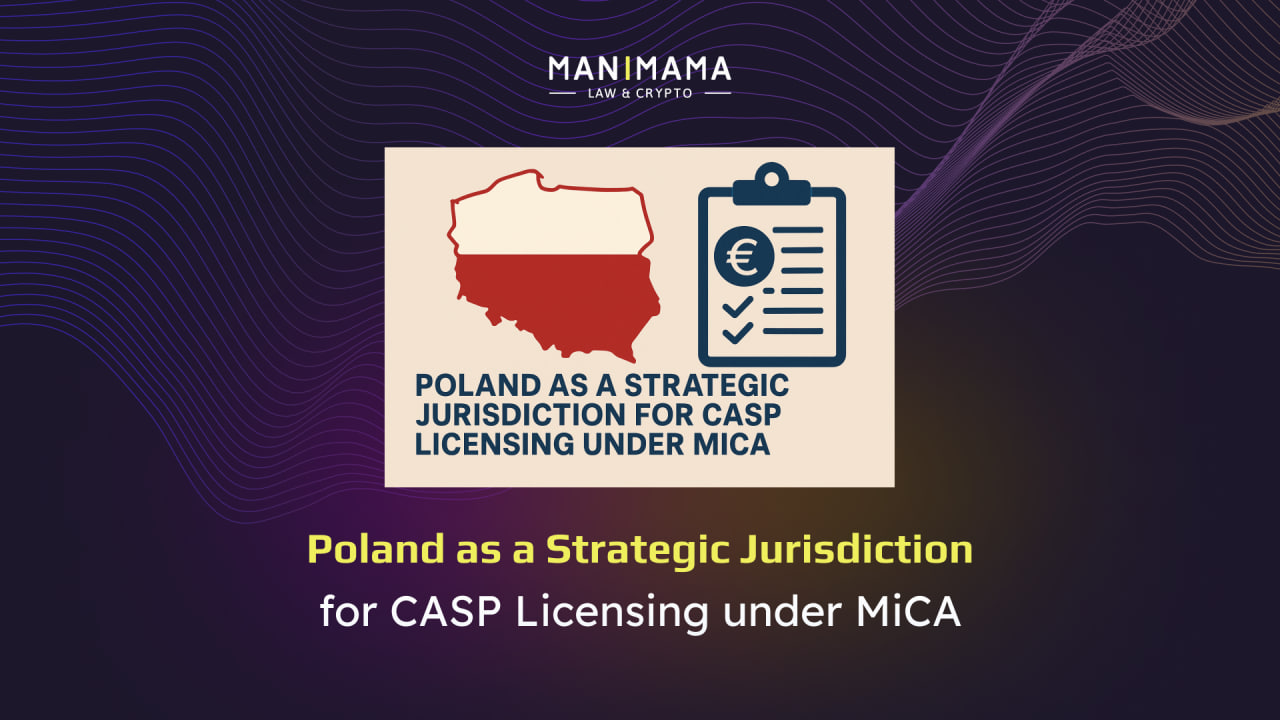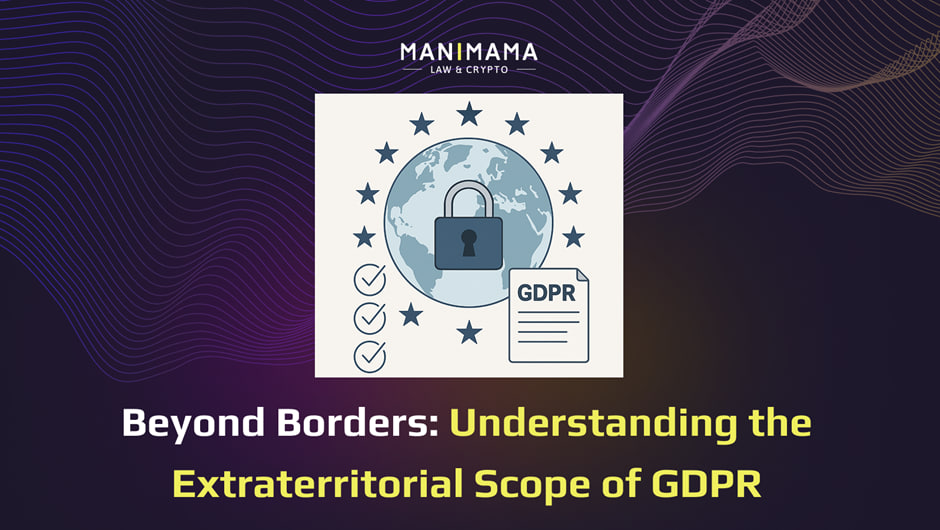Therefore, there is no single legal definition of the nature of crypto-assets in the EU. This situation makes their owners vulnerable to risks, limits the development of the market, limits the possibilities of innovative digital services, alternative payment instruments, becomes a platform for market manipulation and a basis for financial crimes. But in the near future, the crypto-asset market will exist according to uniform rules and principles. In this context, we can talk about the beginning of the creation of the united regulated market of virtual assets in the EU.
What is MiCA?
Markets in Crypto-Assets Regulation (hereinafter – “MiCA”) is one of the most significant and profound documents in the field of regulation of virtual assets, which is planned for introduction. It is designed as part of a broader regulatory effort that includes initiatives such as the Digital Operational Resilience Act (DORA), the DLT Pilot and the Transfer of Funds Regulation (TFR).
MiCA was first proposed in September 2020 as part of a large-scale digital finance regulatory package aimed at making the EU’s financial sector more competitive and giving consumers greater access to innovative products. On November 24, 2021, the EU Council approved the negotiating commitments for MiCA. The next step was negotiations between parliamentarians, which began on March 31, 2022 and ended with a preliminary agreement on June 30, 2022. And most recently, on April 20, 2023, the European Parliament adopted MiCA and the Regulation about information accompanying Transfers of Funds and certain crypto-assets (TFR) by final vote. MiCA and TFR are expected to enter into force in July 2023. The provisions relating to the regulation of stablecoins under the MiCA will apply from July 2024. And the rest of the MiCA provisions, together with the TFR, will apply from January 2025.
MiCA will apply directly throughout the EU without the need for national implementing laws. This approach corresponds to the protection of consumer rights and ensuring effective and harmonized access to innovative crypto-asset markets in the united market. So MiCA will be an act of direct action.
There are the following goals for the MiCA adoption:
- Provide legal certainty by creating a robust legal framework for crypto-assets that are not covered by current financial services legislation.
- To protect consumers, investors and market integrity by taking into account the risks associated with crypto-assets.
- Maintain transparency, i.e. establish reporting requirements to authorities in order to ensure compliance by crypto-asset service providers (hereinafter – “CASP”).
- Ensure financial stability, including safeguards to address potential risks to financial stability.
- To support innovation and fair competition in order to promote the development of crypto-assets by creating a safe and proportionate system.
Definition of crypto-asset and classification of tokens
According to MiCA, “crypto-asset” means a digital representation of a value or a right which may be transferred and stored electronically, using distributed ledger technology or similar technology.
MiCA provides three types of tokens:
- Utility token is a type of crypto-assets designed to provide access to goods and services offered by their issuers.
- Asset-referenced token (ART) is a crypto-asset that must provide a stable value based on the value of several fiat currencies that are legal tender, commodities, crypto-assets or a combination of such assets.
- E-money token (EMT) is a crypto-asset whose main purpose is to be used as a medium of exchange and which aims to maintain a stable value, referring to the value of fiat currency, which is legal tender.
MiCA will not settle financial instruments, deposits, NFTs, electronic money (except those that are e-money tokens) or security tokens.
It should be noted that for ART and EMT MiCA introduces the concept of “significance”. Thus, significant ART and EMT are tokens that exceed certain limits of application and must meet higher prudential, managerial and liquidity requirements. ART and EMT will be considered significant if they meet three of the following criteria (to be further specified):
- > 10 million owners;
- > EUR 5 billion of market capitalization;
- the number and value of transactions per day exceeds 2.5 million and 500 million euros, respectively;
- the issuer is defined as a “gatekeeper” in accordance with The Digital Markets Act;
- the issuer is considered internationally significant, including the use of the token for payments and remittances;
- the degree of interconnection of the token with the financial system;
- issuers offer additional ART, EMT or crypto-asset services.
Issuers of crypto-assets
“Issuers of crypto-assets” means a legal person who offers to the public any type of crypto-asset or seeks the admission of such crypto-assets to a trading platform for crypto-assets.
Requirements for issuers of crypto-assets (with the exception of utility tokens and small crypto-assets):
- to be a legal entity;
- develop a detailed white paper (must contain a description of the issuer and a presentation of the main participants involved in the development of the project; a description of the issuer’s project itself, the type of crypto-asset that will be offered to the public or for which admission to trading is requested; a description of the characteristics of the public offering, in particular the number of crypto-assets that will be issued or for which admission to trading is requested, the issue price of crypto-assets and the terms of subscription; a description of the rights and obligations related to crypto-assets, as well as the procedure and conditions for their implementation; information about the underlying technology and standards applied by the issuer of crypto-assets that allow hold, store and transfer these crypto-assets; risks related to the issuer of crypto-assets, crypto-assets, the offering of crypto-assets to the public and the implementation of the project). Issuers of crypto-assets will have to notify the national competent authority about the white paper at least 20 days before its publication, but MiCA does not require its direct approval;
- act honestly, fairly and professionally;
- communicate with owners of crypto-assets in a fair, understandable and non-deceptive manner;
- prevent, identify, manage and disclose any conflicts of interest that may arise;
- adhere to all of its systems and security access protocols in accordance with EU standards.
Requirements for ART issuers:
- must be legal entities established within the EU;
- must develop a white paper for ART (in addition to the above requirements, must contain a description of the issuer’s management structure, including a description of the role, duties and accountability of third-party organizations; a description of the asset reserve and the order of their storage, including the segregation of assets; information on the nature and possibility of enforcement of rights , including any right of outright redemption or any claim that ART holders and certain legal or natural persons may have against the reserve assets or against the issuer, including how such rights may be treated in insolvency proceedings) and submit it to the national competent authority for prior approval.
Requirements for EMT issuers:
- to be a credit institution or “electronic money institution”;
- develop a white paper for the EMT (must contain a description of the issuer; a description of the issuer’s project and a presentation of the main participants involved in the development of the project; an indication of whether the white paper concerns the EMT proposal for public placement and/or the admission of such EMTs to trading on the trading platform for crypto-assets; a description of the rights and responsibilities related to EMT; information about the underlying technology and standards followed by the EMT issuer that allow holding, storing and transferring such EMT; risks related to the issuer of electronic money, EMT and the implementation of the project, including technology) and notify the national competent authority.
CASP requirements
“Crypto-asset service provider” or “CASP” means any person whose occupation or business is the provision of one or more crypto-asset services to third parties on a professional basis.
MiCA provides the following range of crypto-asset services:
- storage and administration of crypto-assets on behalf of third parties;
- functioning of the trading platform for crypto-assets;
- exchange of crypto-assets for fiat currency, which is legal tender;
- exchange of crypto-assets for other crypto-assets;
- execution of orders regarding crypto-assets on behalf of third parties;
- placement of crypto-assets;
- receiving and transferring orders for crypto-assets on behalf of third parties
- providing advice on crypto-assets.
Requirements for CASP:
- to be a legal entity;
- have a registered office in one of the EU member states;
- be authorized as a CASP;
- act honestly, fairly and professionally in the best interests of their clients;
- the minimum authorized capital should vary from 50,000 to 150,000 euros depending on the services to be provided;
- meet the minimum requirements for the storage of clients’ crypto-assets, outsourcing, prudential requirements;
- meet organizational requirements (for example, members of the CASP governing body must have the necessary reputation and competence in terms of qualifications, experience and skills to perform their duties).
KYC verification
The MICA regulation will end the anonymity of cryptocurrency transactions and make the KYC verification process mandatory. This commitment is also the result of pressure from the Financial Action Task Force (FATF) to apply the so-called “crypto travel rule”.
To implement this rule, the EU formulated TFR in addition to MICA. Regulation will come into force in January 2025 (18 months after its entry into force). Under this act, CASPs will be able to prevent and detect sanctioned addresses and ensure full identification and traceability of crypto-asset transfers.
Firstly, it is important to note that EU CASP-companies will be required to comply with the transfer of funds rules in every transaction, whether or not it is a large or small transaction, i.e. there are no exceptions. Thus, the de minimis threshold is not applicable, and there are no simplified requirements for transactions within the EU. It is also relevant to mention that the amount of information about the sender and the recipient to be provided by the CASP does not differ depending on the amount of the transaction – the same amount as defined in Articles 14(1) and (2) is required for each transaction. Paragraph 27 of the Regulation explains this approach, citing the “inherent borderless nature and global reach of transfers of crypto-assets and of the provision of crypto-asset services” and that it “conforms to the FATF’s requirement to treat all crypto-asset transfers as cross-border”, making any difference in the scope of obligations for transactions within and outside the EU invalid.
Secondly, CASPs must meet travel compliance obligations prior to the transaction. According to the TFR, CASP-senders are obliged to transmit information to the CASP-receiver before sending the corresponding crypto-transaction. In turn, the CASP recipient must ensure that the necessary information has been obtained before making the transfer of funds available to the end customer.
Operations with unhosted wallets
Transactions between individuals with unhosted wallets (self-hosted wallet) in the amount of more than EURO 1000 require verification of the owner of the wallet. According to FATF recommendations, self-hosted wallet transactions are subject to TFR. Thus, when carrying out operations with a self-hosted wallet, European CASPs must collect the necessary information about the sender and the recipient, as well as fulfill the following additional obligations regarding the verification of wallets when making transfers in the amount of more than EURO 1000 euros:
- when sending a transfer in the amount of more than EURO 1000 to a unhosted wallet, the sender is obliged to check whether this wallet belongs to the sending client or is controlled by him;
- when receiving a transfer of more than EURO 1000 from a unhosted wallet, the recipient must ensure that the receiving client is the owner or controller of the sending wallet.
This means that the wallet owner verification requirements apply to transactions between parties to/from an unhosted wallet that exceed EURO 1000.
The unhosted wallet identification tool defines the jurisdictional requirements for each transaction. It collects customer counterparty data from the withdrawal page, creating an archive for sanctions compliance, record keeping and suspicious activity reporting.
The next question is: “How can unhosted wallets be brought into compliance with the FATF rules on the movement of funds?”. Generally, the funds transfer rule requires virtual asset transfer service providers (VASPs) to collect and share certain information about their customers and the transactions they process. This information includes the name and address of the sender and recipient of the transaction, as well as the sender’s account number and the recipient’s account number. This rule applies to all VASPs, including those that work with an unhosted wallet.
So, in order to bring an unhosted wallet into compliance with the FATF Transfer Rules, one approach is to use a third-party service provider that specializes in compliance. These providers may act as intermediaries between users of unhosted wallets and VASPs, collecting and transmitting the necessary information on behalf of wallet users. This allows users of unhosted wallets to continue using them while following the rules.
Another approach is that users of unhosted wallets must collect and transmit the required information in person. At the same time, they can use a standardized information format and ensure the secure transfer of information to the VASP involved in the transaction. This approach can be more complex and time-consuming, but it allows users of unhosted wallets to maintain full control over their wallets and transactions.
It should be noted that compliance with the FATF Transfer of Funds Regulations is an evolving process, and both VASPs and unhosted wallet users need to stay aware of the rules to maintain compliance as they are revised.
Finally, CASPs will be required to conduct due diligence on all clients, which consists of the following:
- Customer identification (name, address, date of birth, place of birth, etc.).
- Ensure that the client is not a sanctioned person.
- Store personal data and data related to the prevention of money laundering and terrorist financing.
- Transfer data with the transaction.
- Depending on whether the CASP is conducting the transaction on behalf of the sender or recipient, it will need to collect and transfer personal and AML/CFT information, or receive data from the sender and verify the data received.
Value for the Ukrainian market
In February 2022, the Verkhovna Rada of Ukraine adopted Law No. 2074-IX “On Virtual Assets”, which is to enter into force from the date of adoption of Draft Law No. 7150 “On Amendments to the Tax Code of Ukraine on Taxation Features of Transactions with Virtual Assets” dated March 13, 2022.
However, taking into account the fact that Ukraine has received the status of a candidate for EU membership, the norms of Ukrainian legislation regarding the cryptocurrency area will have to be adapted in accordance with European standards.
After the recent approval of the MiCA regulation by the European Parliament, the Ukrainian authorities have expressed their intention to integrate this legislation into their own jurisdiction. Some experts believe that Ukraine’s adoption of the MiCA could raise its chances of becoming an EU member and attract a lot of foreign investment and new talent to the fast-growing crypto sector.
Currently, in addition to changes in the Tax Code, there should also be changes and adoption of the Law of Ukraine “On Virtual Assets”. The new text of this act, taking into account the adopted provisions of MiCA, should be published by the National Commission for Securities and the Stock Market of Ukraine (NCSCFR). Its text will be presented for public discussion with relevant government bodies and the crypto community.
Ukrainian businesses in the field of cryptocurrencies should prepare for changes in the previously mentioned law and meet the requirements of the MiCA regulation in order to conduct their activities in Ukraine. As for the business, which is represented by the presence of offices and carries out activities on the territory of the EU member states, then it will also be obliged to comply with the requirements of MiCA. There is no way back. A unified European regulation is coming to the business meeting.
The content of this article is intended to provide a general guide to the subject matter, not to be considered as a legal consultation.
photo source











